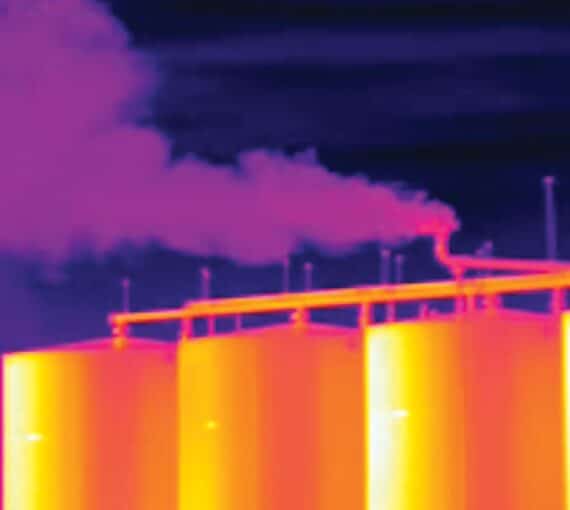
In implementing its new climate plan, B.C. can re-assert itself as a climate leader in Canada.
The plan contains comprehensive measures to reduce greenhouse gas emissions. From zero emission vehicles to increasing efficiency of buildings, and from cleaner fuels to electrifying industry, the plan has the potential to meet the province’s climate target of 40 per cent emissions reductions from 2007 levels by 2030. The plan represents a distinct shift away from fossil fuel use while recognizing the need for a just transition for affected industries and workers as the province moves to an alternative, clean economy.
Some key elements are still missing though. The plan is broken into two phases, and this phase will only get us 75 per cent of our needed emissions reductions. Phase two, which will be developed over the coming year, is meant to get us the remaining 25 per cent. In addition, the province is still developing effective regulations to reduce and eliminate harmful fugitive methane emissions from the fracking industry.
Measures to address transportation, one of B.C.’s largest sources of emissions
Transportation — including personal vehicles, transit and the movement of goods — represents a large share of B.C.’s emissions. The new climate plan includes a few measures to tackle transportation pollution head on.
A range of incentives and support will improve cost and access to charging infrastructure for electric vehicles. The government intends to make it much easier for consumers to buy electric vehicles by introducing a requirement that sales of zero emission cars and trucks increase over time so that by 2040 all new vehicles are non-emitting. They also have plans to support electric and low-emission buses and heavy transport vehicles.
The plan commits to increasing the share of low carbon fuel in gasoline and diesel for cars and trucks, which will help keep emissions down during the transition to zero emission vehicles.
More efficient buildings
Another major source of emissions in the province is the energy used to heat and maintain buildings, including your home. The climate plan focuses on incremental changes to the code for new and existing buildings that will increase minimum standards for things like insulation. Existing buildings will also be tackled through improved energy efficiency standards and incentives for switching to more efficient heating and cooling, such as the use of electric heat pumps.
Six ways to make your home more energy efficient
A unique aspect of the plan is requirement that 15 per cent of the natural gas used in the province comes from renewable sources by 2030. Biomethane can be captured from agricultural and other organic wastes and can enter existing natural gas streams. This lowers the carbon content of natural gas, saves a resource that would otherwise be wasted and reduces methane pollution, a powerful greenhouse gas. A target of 15 per cent by 2030 is unprecedented in North America and will help reduce emissions across the whole economy.
Industrial emissions
The plan gets a bit complex and squishy in places when addressing industrial emissions. It’s worth noting that the carbon tax applied to all fossil fuels used in the province (something all British Columbians pay for) will begin to increase annually again and provides one of the most important incentives for reducing industrial emissions. Carbon taxes work to reduce the demand side of fossil fuels, which is broadly effective and gives consumers and industry options for making reductions that fit best with their unique circumstances.
Outside of the carbon tax, there’s a mixed bag of incentivizing fuel switching used in heavy equipment, improving electricity transmission lines to make it feasible to use electricity in some sectors instead of fossil fuels, and tackling some specific industrial emissions (like diverting agricultural waste to biomethane, as discussed above). There’s also a commitment to better reporting and data transparency, which is an important step.
Despite these measures, industrial emissions are still projected to be significant in 2030, which raises some questions about how government plans to meet its longer-term targets, especially in light of its commitment to LNG and other industrial development.
Does this put B.C. on track?
Overall, the climate plan is a big step forward for B.C. It’s relatively broad and comprehensive and tackles some of our biggest emission sources. Government will have to move swiftly on phase two of the plan. Though another 25 per cent may sound like a bit of cleanup, some difficult and important work is needed to close the gap.
To help make sure we get to our 2030 targets and beyond, the plan improves accountability measures, including transparent reporting and forecasts. The Climate Solutions and Clean Growth Advisory Council will also play a critical role in ensuring that government is acting. Michelle Molnar from the David Suzuki Foundation sits on this council.
Our work
Always grounded in sound evidence, the David Suzuki Foundation empowers people to take action in their communities on the environmental challenges we collectively face.



